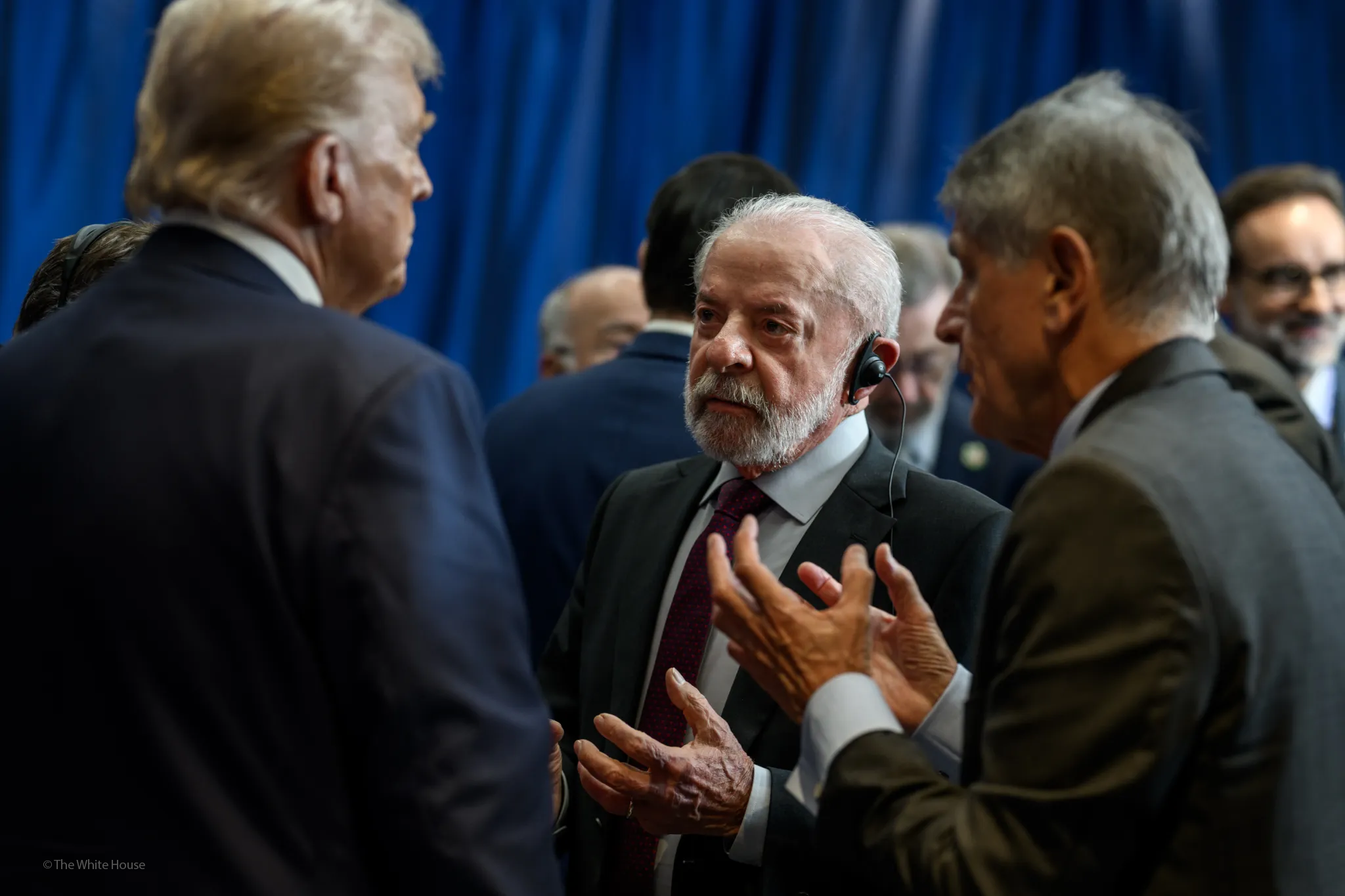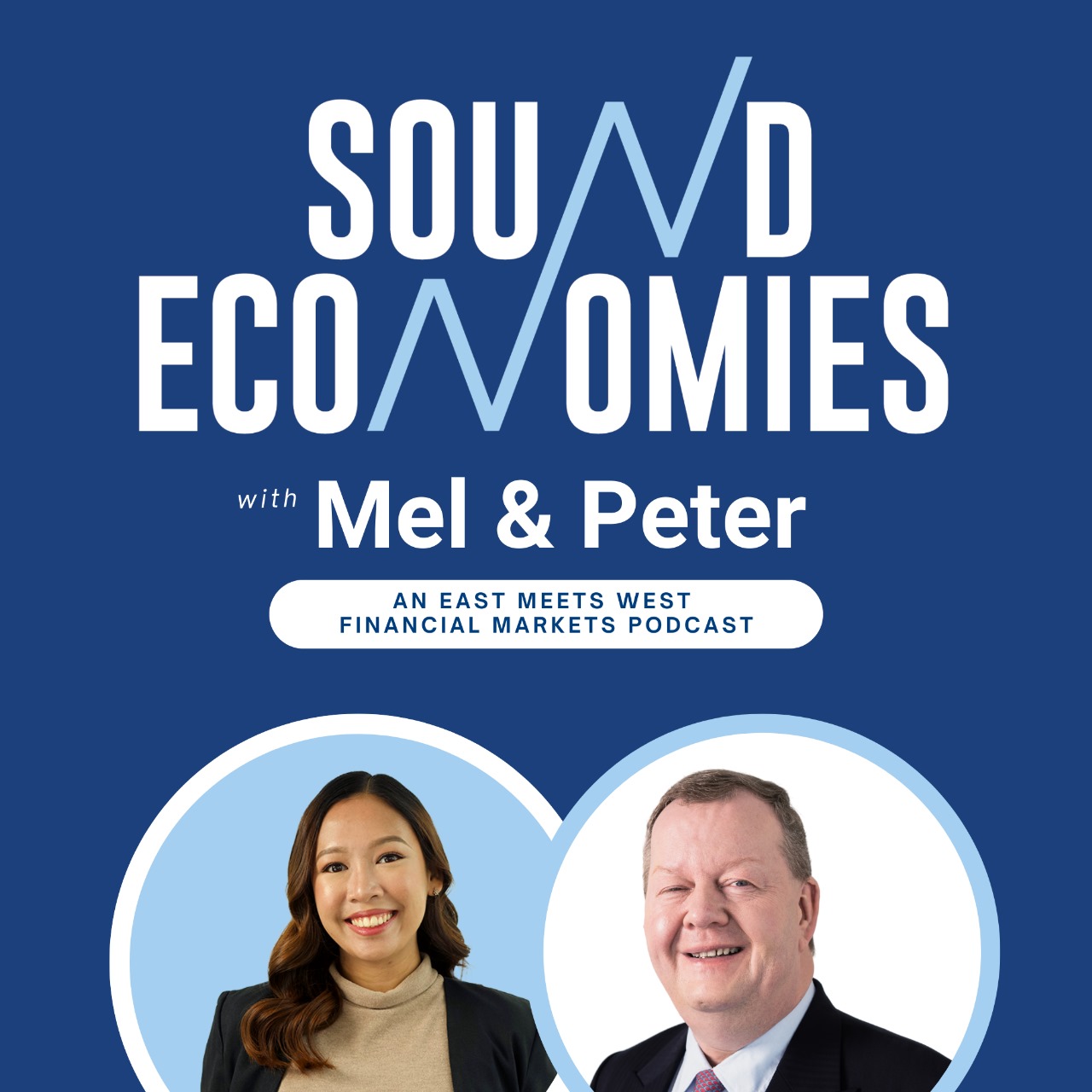Brazil’s growth momentum and what lies ahead
The story of strong job creation and a resilient services sector continues in Brazil, but looming political risks, high inflation, and cautious monetary policy suggest a slower growth momentum ahead.
Brazil’s GDP rose by 2.2 per cent year-on-year in April-June 2025, marking its 18th consecutive quarter of growth even as real interest rates hit historic highs. This pace, however, is the slowest since the second quarter of 2024. Regardless of political concerns, such as the government’s low approval and uncertainty in the global financial markets, Brazil is likely to end the year with a 2.2 per cent expansion.
Services and industry were mainly responsible for the positive result in the second quarter, up by 0.6 per cent and 0.5 per cent, respectively, compared to the January-March period. As expected, agriculture output dropped by 0.1 per cent in the same period, following a record grain harvest particularly of soybeans and corn.
Although results were positive this quarter, the services sector is expected to reel from high interest rates, which tend to impact industry and services with a two-quarter lag. This supports expectations of even slower growth ahead, following four straight quarters of softer GDP growth.
Strong labour market
Through it all, Brazil’s job market remained resilient. The unemployment rate improved to 5.6 per cent in the third quarter, lower than the 5.8 per cent tallied in April-June 2025 and the 6.2 per cent in the same period last year. Labour force participation also rose while underutilization and informality rates fell. The lower unemployment rate has exerted upward pressure on workers’ average income, which peaked at BRL 3,406 (USD 639) at end-September, an increase of 4 per cent from the comparable year-ago period. As the labour market remains robust, this continues to support consumer spending.
As shown in Graph 1, the accelerating labour market affects inflation, the latter remaining above target so far into 2025. In October, Brazil’s main inflation index registered 4.68 per cent in 12-month terms, still way above the official target of 3 per cent and the upper tolerance limit of 4.5 per cent. The index has been easing since June, when inflation stood at 5.35 per cent.

The elevated inflation scenario has forced the central bank to keep borrowing rates high while the rest of the world is on cutting mode. After seven consecutive hikes, Brazil’s nominal interest rate currently stands at 15 per cent, the highest since 2006. The Brazilian Central Bank (BCB) stated in November that they will maintain a “cautious” stance regarding monetary policy to temper inflation, but hinted at a possible pause when appropriate.
In the credit market, lending growth continues to decelerate, with slower expansion in both bank loans and debenture issuance.
Consumer optimism
Consumer confidence also reflects favourable labour market conditions. Brazil’s seasonally adjusted FGV-IBRE Consumer Confidence Index rose to 88.5 in October, the highest level since December 2024. Within this upbeat reading, both the Expectations Index and Current Situation Index climbed by a point from the previous month.
While household consumption may still benefit from low unemployment, we see that persistently high interest rates are expected to weigh on spending, leading consumers to become more cautious and selective.
Meanwhile, Brazil’s high interest rate environment continues to offer attractive opportunities for investors in fixed income. Treasury bonds such as the IPCA+ 2029 offer real returns of about 8 per cent per year. For investors with a more defensive strategy, fixed-income instruments provide stability and reliable returns while equities remain largely exposed to domestic political risks and global headwinds. One major source of volatility is the US’ imposition of a blanket 50 per cent tariff on Brazilian exports, with only a few goods exempt from the sky-high duty. In keeping loan rates elevated, the BCB highlighted the impact of the additional tariffs and the uncertainty surrounding the pace of the US Federal Reserve’s easing cycle as an additional source of unease.
In mid-October, President Luiz Inácio Lula da Silva announced a meeting between the two countries’ top diplomats to begin trade negotiations. Lula expressed optimism about striking a deal by November, sharing that there was chemistry with US President Donald Trump during their brief encounter at the United Nations General Assembly in New York, then at the ASEAN Summit in Malaysia.
Businesses cautiously upbeat
Government spending declined by 0.6 per cent during the second quarter, one year before Brazil’s elections. However, markets remain concerned about the government’s commitment to fiscal responsibility and the need to quickly restore public confidence.
As shown in Graph 2, the Business Confidence Index illustrates this dynamic. The index rose for four straight months from 46.1 in August to 48.3 in November, indicating a mild improvement in sentiment, though still below the historical average. This suggests that small businesses continue to operate in an environment of low confidence but view the ongoing trade negotiations and the domestic macroeconomic context as positive signals.

The outlook for public accounts adds further concern: the federal government is expected to increase spending in the coming months through expanding social programs in an attempt to regain popularity. These include the expansion of the Minha Casa, Minha Vida housing program, bigger gas subsidies, and reduced electricity bills for low-income households with low consumption. This added government spending could fuel inflation, reinforcing the central bank’s incentive to maintain high interest rates for an even longer period.
With the upcoming elections and uncertainty over future economic policies remain key constraint, certain investments are relatively insulated and remain appealing in Brazil, particularly debt notes, as interest rates stay high. The larger yield can help offset the political concerns for the economy, keeping it an attractive market for risk-seeking investors.
This original article has been produced in-house for Lundgreen’s Investor Insights by on-the-ground contributors of the region. The insight provided is informed with accurate data from reliable sources and has gone through various processes to ensure that the information upholds the integrity and values of the Lundgreen’s brand.






